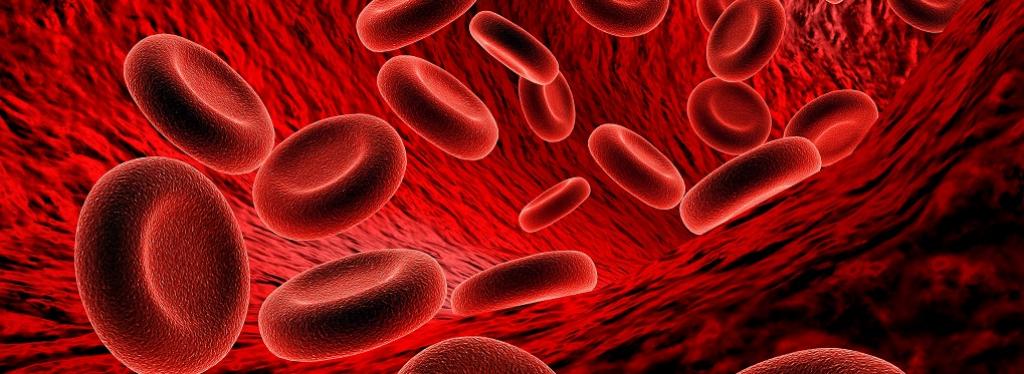Researchers from Baylor College of Medicine, Stanford School of Medicine, and affiliated institutions have found a blood molecule that is produced during exercise and has been shown to drastically reduce food intake and obesity in rats.
The study’s findings were published in the journal ‘Nature.’ The findings add to our understanding of the physiological processes underlying the interaction of exercise and hunger.
“Regular exercise has been shown to enhance weight reduction, manage appetite, and improve the metabolic profile, particularly in patients who are overweight or obese,” said co-corresponding author Dr. Yong Xu, a Baylor professor of paediatrics-nutrition and molecular and cellular biology.
How exercise affects blood
“If we can understand the process by which exercise produces these advantages, we will be one step closer to assisting many individuals in improving their health.”
“We wanted to understand how exercise works at the molecular level so that we might harness some of its advantages,” said co-corresponding author Jonathan Long, MD, associate professor of pathology at Stanford Medicine and a Stanford ChEM-H Institute Scholar (Chemistry, Engineering & Medicine for Human Health).
“For example, aged or fragile persons who are unable to exercise may benefit from taking a medicine that can help delay the progression of osteoporosis, heart disease, or other illnesses.”
Xu, Long, and their colleagues performed in-depth investigations of blood plasma components from mice after severe treadmill jogging.
The most strongly stimulated molecule was Lac-Phe, a modified amino acid.
It is made from lactate (a result of hard activity that causes a burning feeling in the muscles) and phenylalanine (an amino acid that is one of the building blocks of proteins).
A high dosage of Lac-Phe decreased food intake by around 50% in mice with diet-induced obesity (given a high-fat diet) during a 12-hour period without influencing activity or energy expenditure. Lac-Phe decreased cumulative food intake and body weight (due to fat loss) in mice after 10 days of administration and enhanced glucose tolerance.
The researchers also discovered an enzyme called CNDP2 that is involved in the formation of Lac-Phe and demonstrated that mice missing this enzyme did not shed as much weight on the same exercise regimen as a control group.
Surprisingly, the researchers discovered significant increases in plasma Lac-Phe levels following physical exercise in racehorses and people. According to data from a human exercise cohort, sprint activity caused the greatest rise in plasma Lac-Phe, followed by strength training and finally endurance training.
Long explained, “This shows that Lac-Phe is an old and conserved system that controls food and is connected with physical activity in many animal species.”
“Our next steps will be to learn more about how Lac-Phe mediates its effects in the body, particularly the brain,” Xu explained. “We want to discover how to tune this exercise route for therapeutic therapies.”





